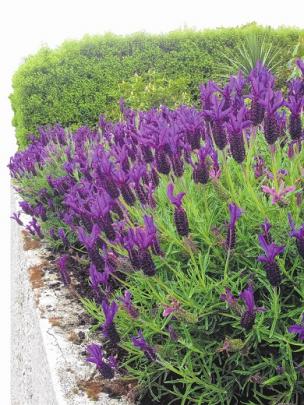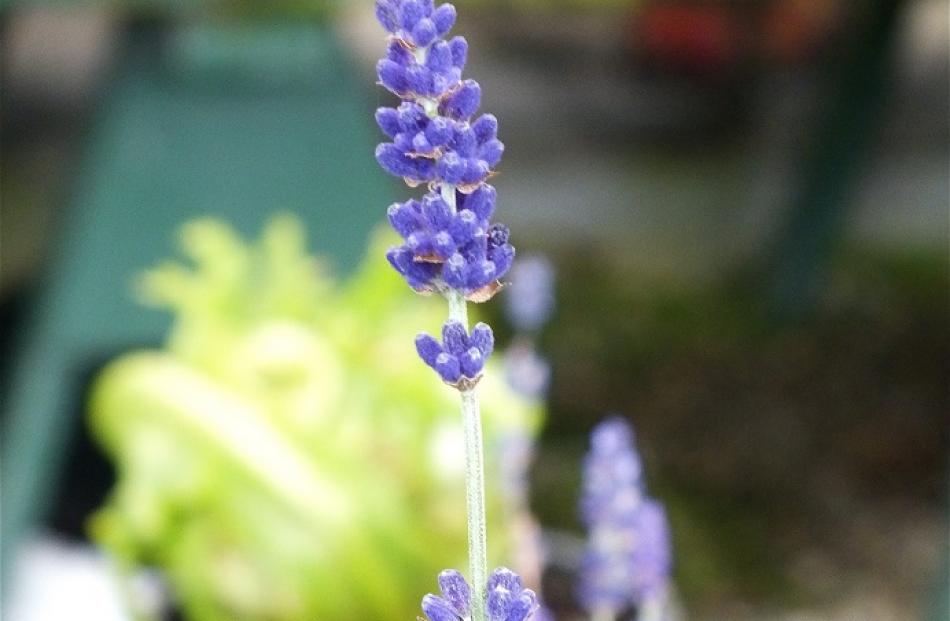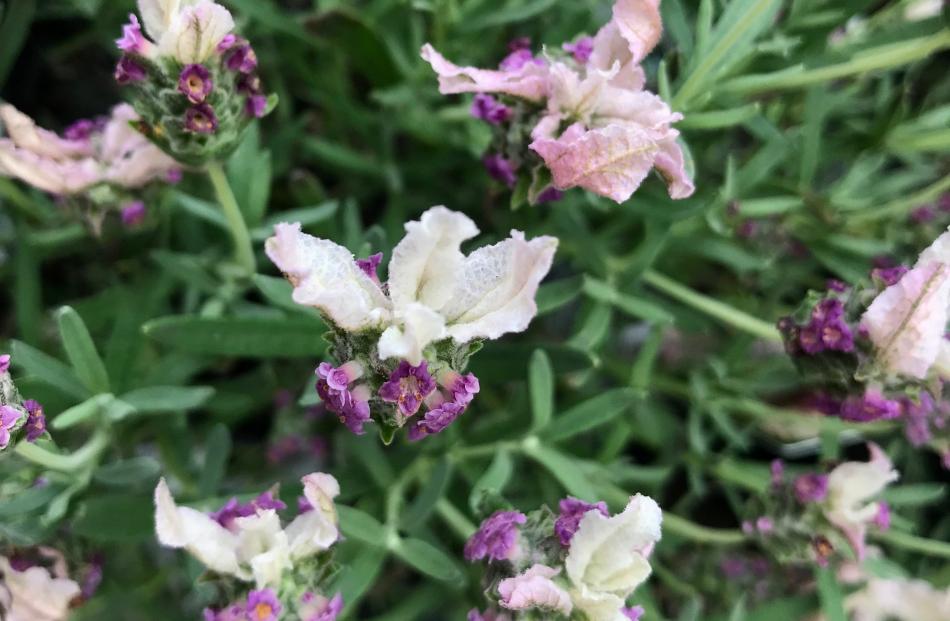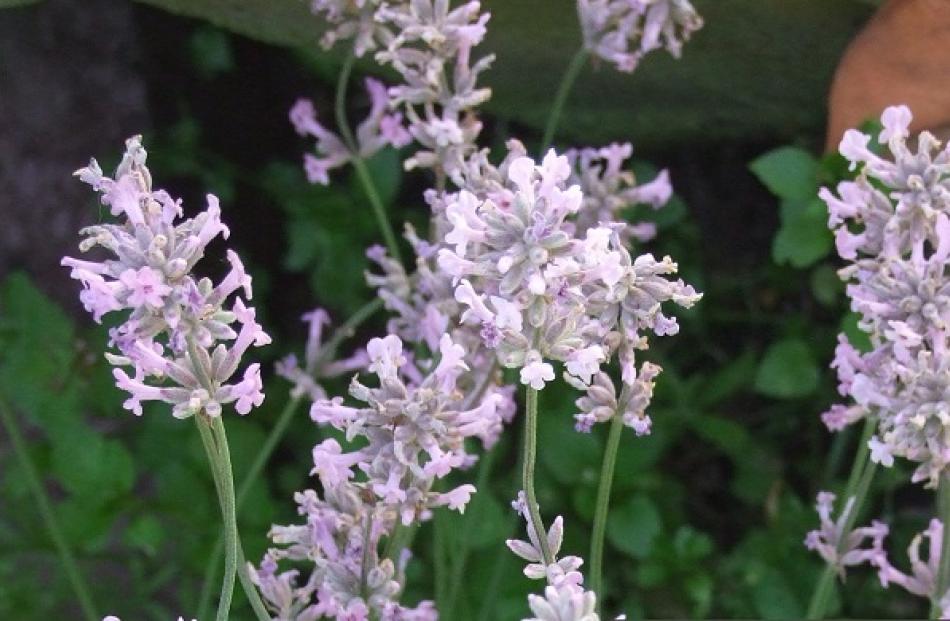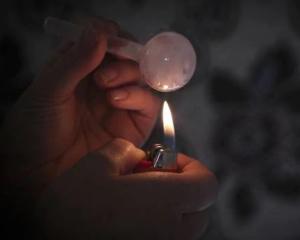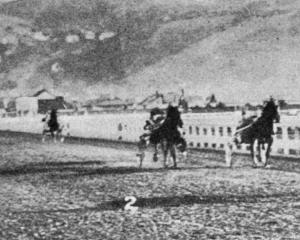Gillian Vine starts the year with the scent of lavender.
An old favourite, lavender usually reaches its peak this month,when the flowers perfume the air and attract bees by the dozen.
There are almost 50 lavender (Lavandula) species, mainly from the Mediterranean and North Africa. We grow only a handful, mainly the English (L. angustifolia), French (L. dentata) and Spanish (L. stoechas) types, although the more pungent-smelling Portuguese L. latifolia is also available.
"Sidonie", a form of fern-leafed L. pinnata, was found in a garden in Sydney. The species originated in Madeira and the Canary Islands and is somewhat tender, especially when young. "Sidonie" is also cold-sensitive, so needs a more sheltered spot than other types.
There are three blossom colours: white, lavender/purple and pink, with two-toned effects in those which, like French and Spanish lavenders have "ears" (bracts) at the top of flowers. In the fern-leafed type, the ears are at the base of the flowers, while English lavender has no bracts. In modern hybrids, the "ears" sometimes have stronger colour or make a charming contrast to the flowers.
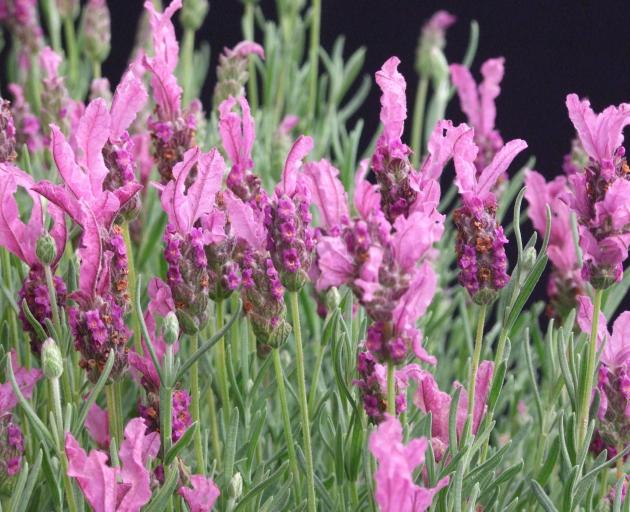
Whichever type you choose, remember that Mediterranean heritage and give it as much sun as possible and alkaline ground, so lime may be needed to get the desired pH of 6.7 to 7.3. A loose, gravelly textured soil is also important.
Prune after flowering to prevent bushes from getting leggy.
There are three ways to get started: buying plants — which can cost up to $25 each — from seed (for instance, $4 for 100 "Hidcote" seeds), or by getting cuttings from friends (free).
If you are in a hurry or want an unusual variety, such as burgundy-purple "Helmsdale", plants are your best bet. Hardwood cuttings taken when bushes are pruned after flowering root quickly, as do tip cuttings from young, non-flowering stems. Seed sown in spring may produce lavenders that flower the same year; for example, deep purple English "Lavance" does. The big advantage of seed is if you want lots of plants, such as for a border or an informal hedge.
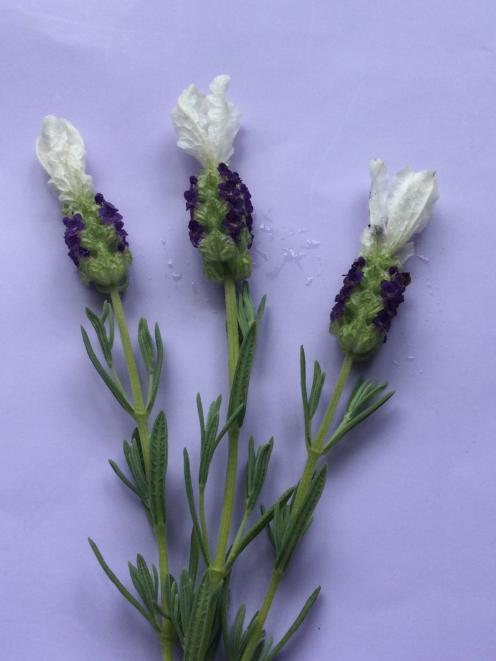
Keep an eye out, too, for the Ruffles series, bred in Victoria, and don’t overlook New Zealand-bred lavenders. Southern beauties include L. angustifolia "Foveaux Storm" and L. stoechas "Marshwood" from Southland’s Geoff Genge, and Denis Hughes’ English lavenders "Blue Mountain" and "Blue Mountain White", the latter the best white lavender you’ll find.
If you want to use lavender for scented sachets and pillows, or to make biscuits and ice cream, gather English lavender when in full bloom then hang it to dry and strip off the flowers.
Traditionally, lavender was a cure for insomnia — hence lavender pillows and linen sprays — and to treat headaches, eczema and dry skin, as well as a wound dressing using the oil.
Commercial lavender oil involves a fairly complex distilling process but a cheat’s version can be made by stripping the flowers from the stems and packing them into a jar. Fill the jar with a good-quality oil, put on the lid and leave in a warm place for a couple of weeks.
With so many uses, every garden deserves a lavender or two.

